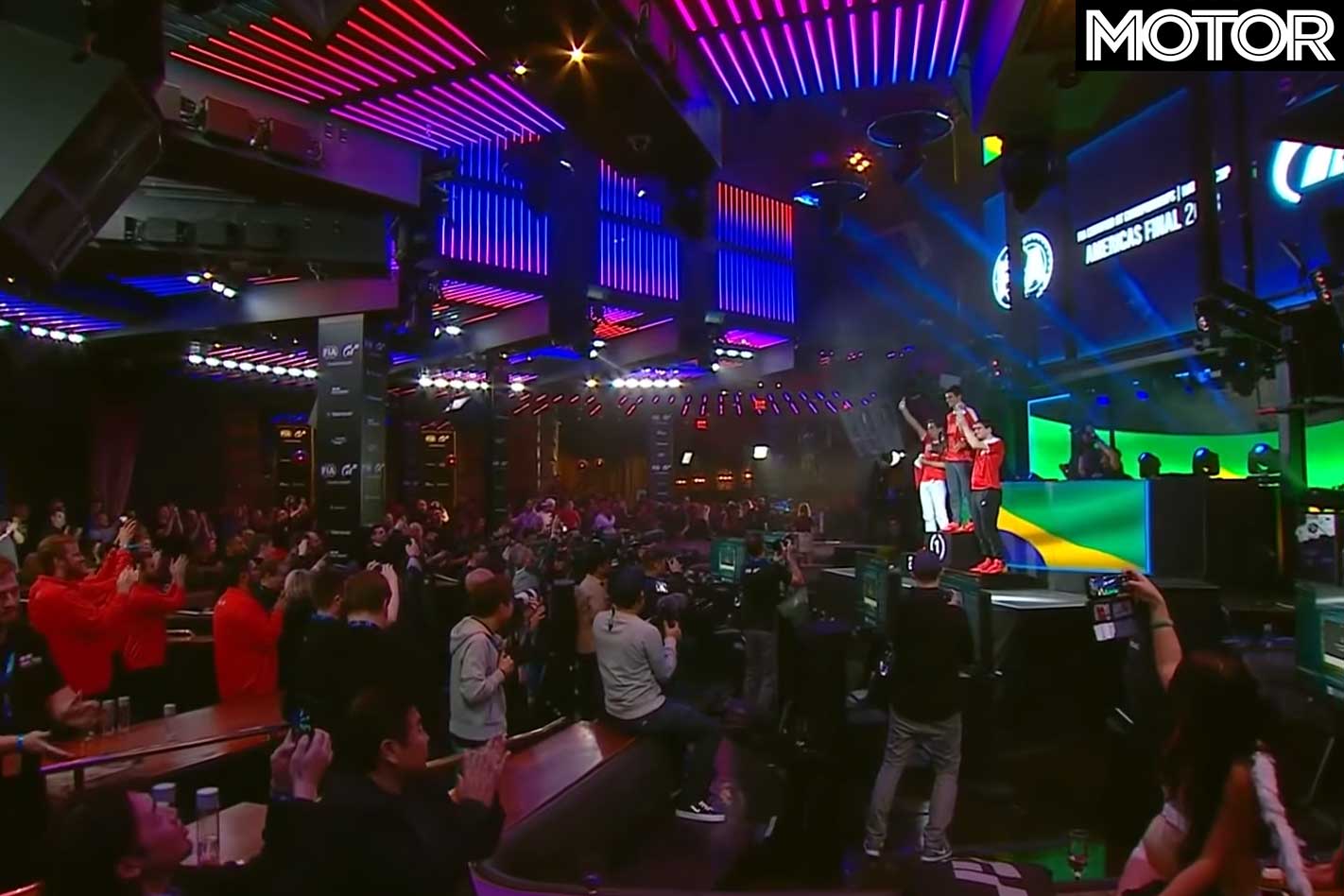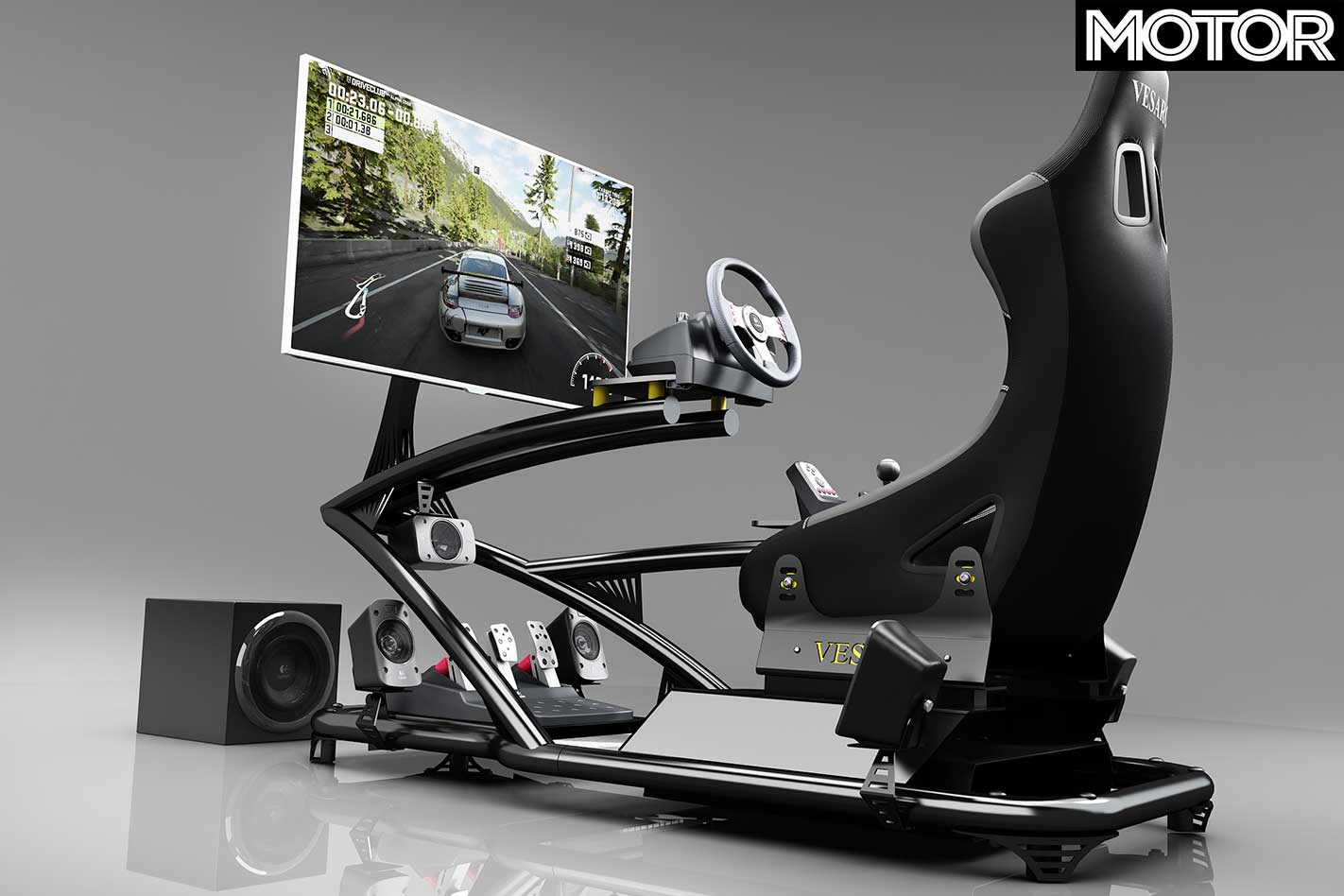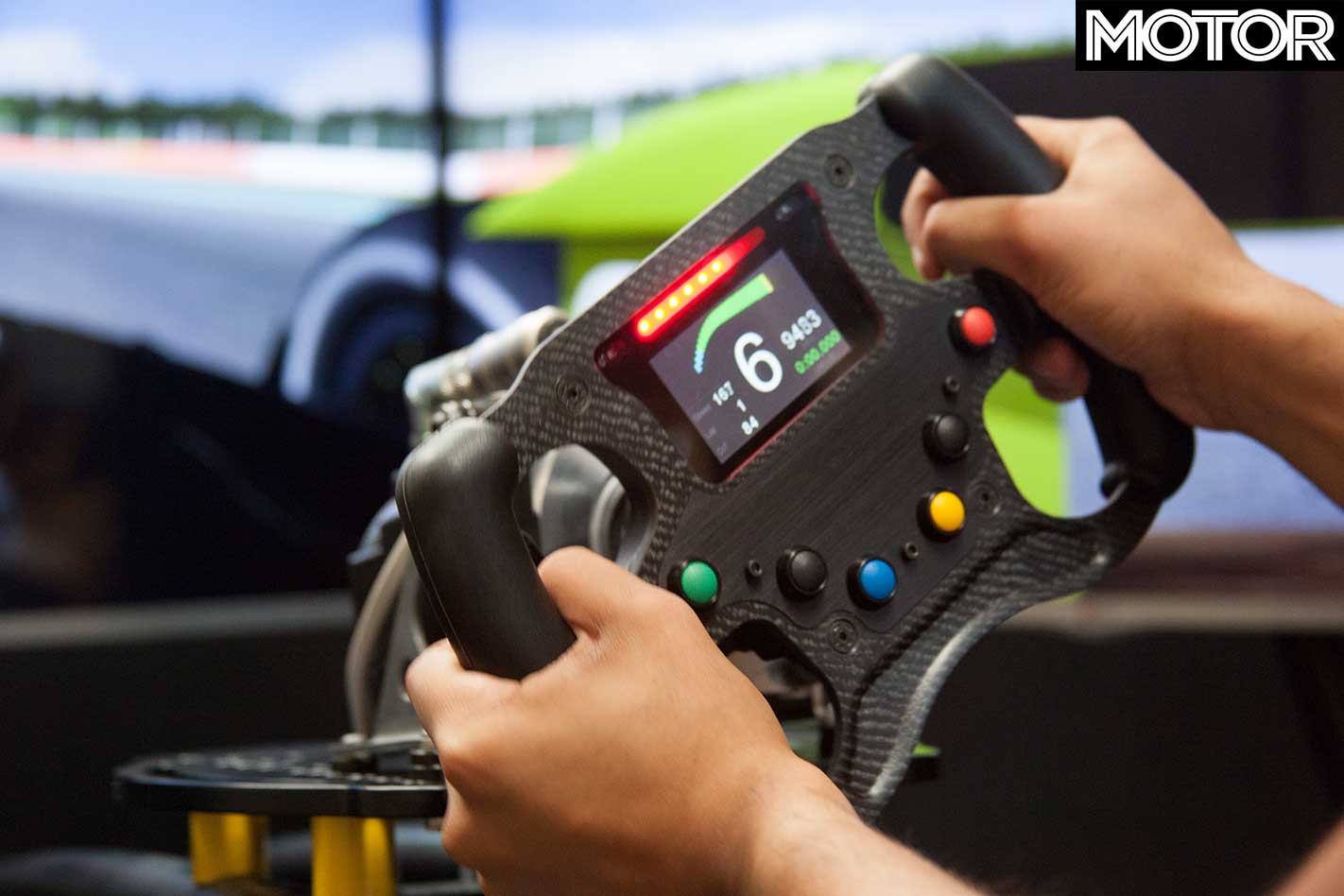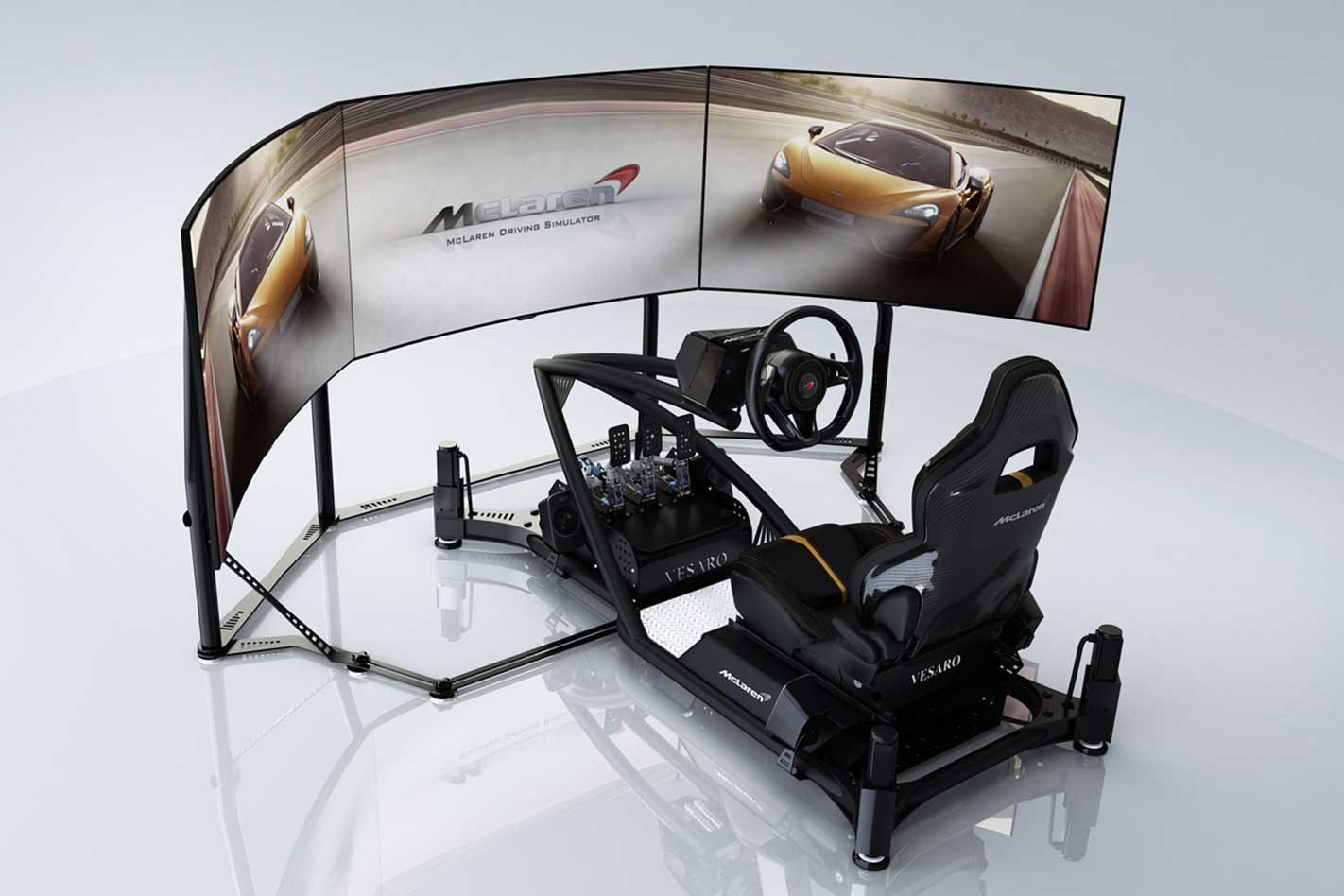Recently, our man Morley caused a bit of a stir with his opinion column ridiculing eSports, suggesting that the men and women competing in an electronic arena, specifically in the case of motorsport, might be better off “getting real”.
Morley usually has a pretty decent cultural barometer but unfortunately he’s completely missed the mark on this one and the – as it turns out, extremely passionate – gaming community wasted no time in letting him know.

A lot of the (over)reaction was unwarranted; for what it’s worth, when the column landed in my inbox, I read it, had a chuckle and replied to Morley with a picture of my own driving sim rig with an invitation to cut a few laps. Unsurprisingly, the invitation hasn’t been taken up.
If it was, Morley might well find himself singing from a different hymn sheet. I spent most of my teenage years playing Gran Turismo before the acquisition of a licence allowed me to “get real” and take part in physical motorsport.
Fast forward a few years and with budgets a bit tight I decided to invest in a basic driving sim setup on the basis that if I didn’t feel it was of benefit to my driving I could always sell it again. Needless to say, it’s still sitting in the spare room.

Hours on the sim have undoubtedly improved my driving ability. Games like Project Cars, Dirt Rally, iRacing, Assetto Corsa and the like have now progressed to the point where there is realistic skill transfer between the virtual and physical worlds. If it works in real life it’ll work in the game and vice versa.
No, unless you have an all-singing, all-dancing hydraulic rig setup there are no g-forces or ‘feel’ as such, but in this era of electronic throttle-by-wire how is pressing a pedal on a driving sim any different to the pedal in a real car?

Personally, as well as the benefit of practicing lines and perfecting different corner types, the biggest benefit has come in smoothing out inputs. Real or not, the motions are the same and you’re training muscle memory so that when you hit the track for real that initial brake application is a little more gradual and the first steering input is a touch more accurate.
Morley states that pro drivers use sims more to memorise tracks than to predict a lap time or calculate fuel burn, but many race teams (including a growing number of Supercar teams) now use simulators to fine-tune setups prior to a race weekend.
Ferrari discounted a front wing upgrade in F1 this year after Daniil Kyvat found the old configuration to be superior in the simulator. I was lucky enough to sample Toyota’s WEC simulator a number of years ago and its drivers spent many hours honing their “lift and coast” skills in the virtual world to maximise the efficiency of the hybrid tech.
Max Verstappen has practiced overtakes on his simulator, Scott McLaughlin and Shane Van Gisbergen are regulars in the virtual world and the first ever eSports World Rally Champion, Jon Armstrong, was a front-runner in the British Rally Championship before he ran out of money.
None of these high-level drivers would bother with sims if it didn’t help behind the wheel of a real race car. Besides, it’s a hell of a lot of fun and about a million times cheaper than real motorsport. Is it possible for a high-level eSports racer to jump straight into a race car and be quick? No, but the virtual experience would certainly accelerate the learning process.
eSports might not be everyone’s cup of tea, but the virtual F1 championship this year certainly created more excitement and overtaking than the real one. As ever, it’s a case of don’t knock it until you’ve tried it. If you do, chances are you’ll be hooked.






